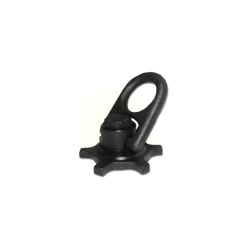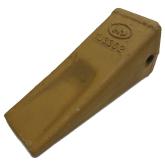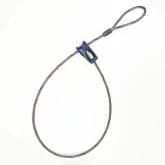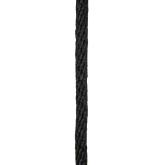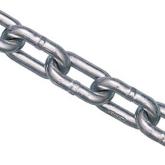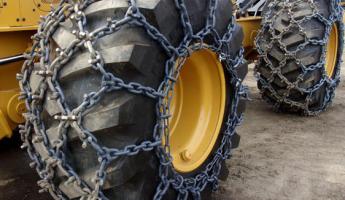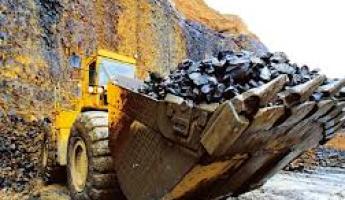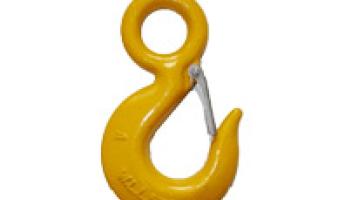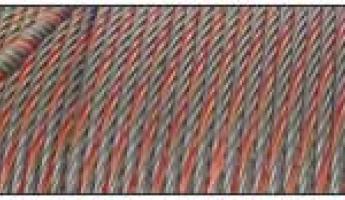ROAD PLATE LIFTING RING 1"
ACTEK LIFTING RING 38015
Tech Specs
Actek Street Plate Liting Ring 1" - 3.5 thread
Actek introduced a Street Plate Lifting Ring working in conjunction with the safety engineers of a large public utility company. These patented Street Plate Lifting Rings enable faster and safer handling of heavy steel plates commonly used to cover trenches and excavations in streets and roadways during construction or repair. Because these rings can swivel 360º and pivot 180º, the rigger can leave the ring on the hook while attaching it into the steel plate, and the operator can pull at any angle without compromising the strength. Fabricated of heat treated, magnetic particle inspected and certified 4140 Aircraft Quality, Chrome-Moly Steel, the street plate lifting rings provide a 5:1 Safety Factor at maximum rated load. Models are available in 5000, 10000 and 15000 pound ranges. They are designed for quick, simple attachment with the star-shaped drive lugs for easy tightening and removal; no tools are required. There are no loose pins or clips to break or fall out. Furthermore, the Street Plate Lifting System was designed specifically with safety in mind. The Lifting Rings and Nuts are manufactured to work in conjunction with each other to ensure proper usage. Matching the nuts or studs with those from other suppliers is not recommended. Commercially available nuts may not meet the specific tolerances required for lifting heavy load.
Thread Size - 1 inch - 3.5 Coil
Working Load Limit - 5,000 pounds
Thread Protrusion - 1.00 inches
Material - Aircraft Quality Alloy
Finish - Phosphate
Actek part number - 38015
Applicable nut number - 48801
FEATURES
Magnetic Particle Inspected
Certified Heat Treatment
Dimensional drawing: Click Here
Safety notice: Click Here
CAD drawing: Click Here
Steel Street/ Trench Plate Safety Information
Steel Street/ Trench Plates :
Street plates have limits like any other equipment or tool used in the work place. The recommended steel to use for street plates should be A36, mill certified, structural steel or better and accompanied by a tabulated data, signed and approved by a registered engineer. There are several theories and calculations on steel plates and tabulated data may vary from agencies or companies.
Handling Steel Plates :
Hands or fingers should not be placed on or around the steel plate, and should not be pushed or guided by employee’s hands while loading, unloading or placing the steel plates. The proper way of guiding the steel plate in place is with a device that has a magnet attached to a metal rod and used a like a tag line. The steel plates should be straight and true with very little deformity and should be shimmed so the plate will not rock or injure anyone. Placing a cold patch around the edges can eliminate tripping hazards, protect tires from bursting and also aid in keeping the plate in position.
Non-Skid Steel Plates :
According to Underwriters Laboratories and OSHA, a walking surface should have a Coefficient of Friction (COF) greater than 0.5. Steel plates have a Coefficient of Friction of 0.55 when dry. However, these plates become very slippery when wet, and the COF can drop to less that 0.25. Several California cities and municipalities are requiring some form of friction enhancement on the steel plates as a condition for encroachment permits. The typical requirement is a non-skid surface having a minimum COF equivalent to 0.35.
Country of Origin
Made in USA
Optional Accessories
48803 Nut - Link Here
